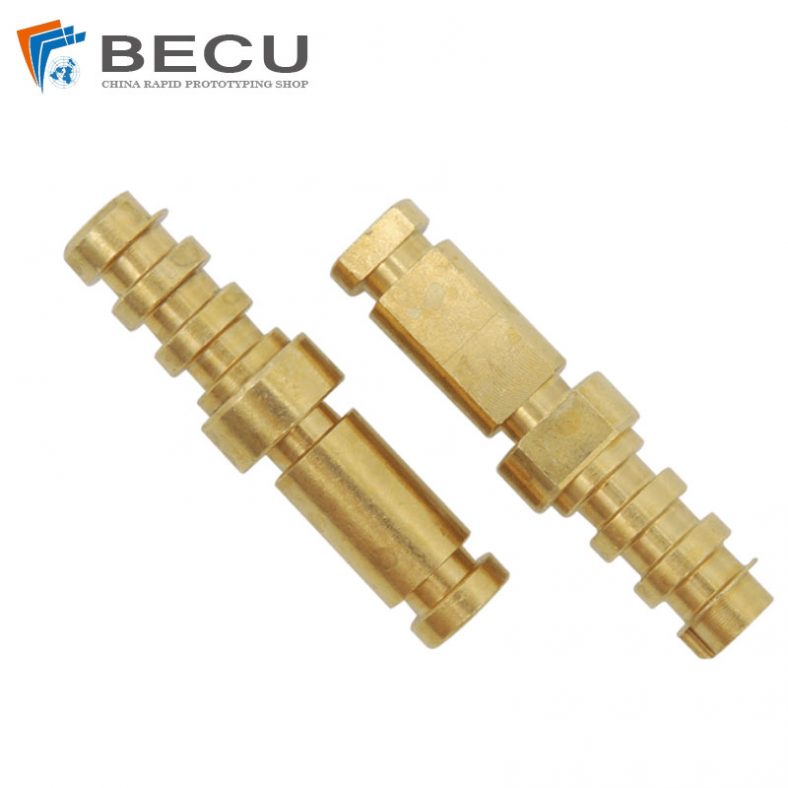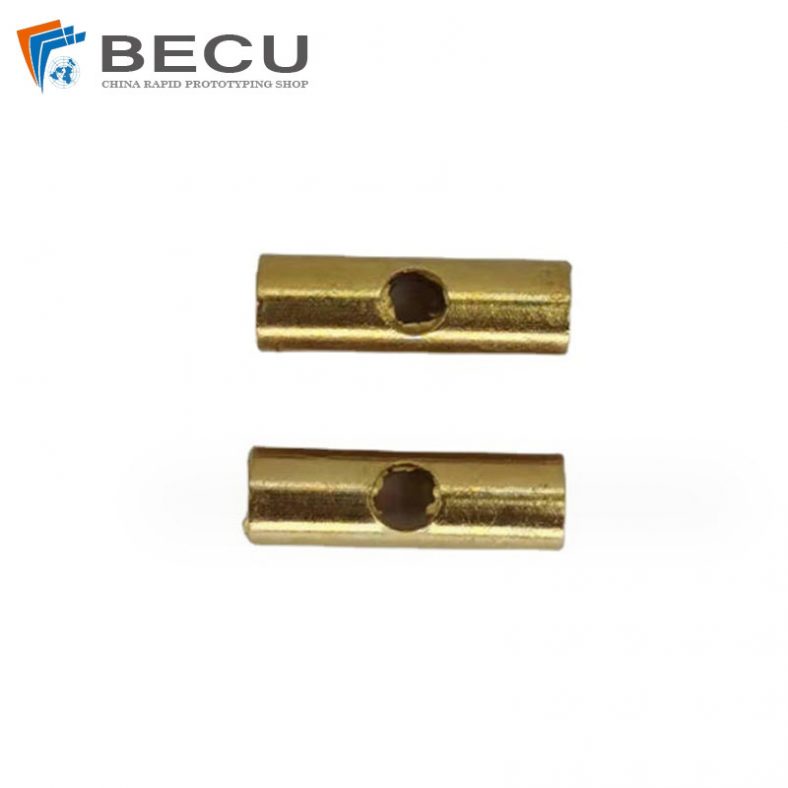The automotive industry is undergoing a transformative shift towards electric mobility, driven by environmental concerns and technological advancements. Electric vehicles (EVs) are at the forefront of this revolution, offering sustainable and efficient transportation solutions. One of the crucial yet often overlooked components in an EV is the high-voltage connector. This article aims to provide an in-depth exploration of electric car high-voltage connectors, shedding light on their significance, manufacturing processes, materials, safety features, and future innovations.

The Significance of Electric Car High-Voltage Connectors
Electric car high-voltage connectors serve as the critical interface between the vehicle’s high-capacity battery pack and various components like the electric motor, power electronics, and charging system. They facilitate the transmission of high-voltage direct current (HVDC) between these components, ensuring the smooth operation of the vehicle. These connectors play a pivotal role in the following aspects:
- Power Transfer Efficiency: High-voltage connectors enable the efficient transfer of electricity from the battery to power-hungry systems like the electric motor. This efficiency is essential to optimize the vehicle’s range and performance.
- Safety: Ensuring safe power transfer is paramount in EVs. High-voltage connectors are designed with safety mechanisms to prevent accidental disconnections, electrical hazards, and potential risks to passengers and mechanics.
- Charging Infrastructure Compatibility: High-voltage connectors also interface with charging stations during the recharging process. Compatibility between vehicle connectors and charging stations is crucial for seamless and rapid charging.
Manufacturing Processes of Electric Car High-Voltage Connectors
The manufacturing of electric car high-voltage connectors involves a series of intricate processes that combine engineering precision, material selection, and rigorous quality control measures:
Design and Engineering
The manufacturing process commences with meticulous design and engineering. Automotive engineers collaborate to define connector specifications based on factors such as voltage rating, current-carrying capacity, size, shape, and environmental considerations. Computer-aided design (CAD) software assists in creating detailed models that optimize connector performance.
Material Selection
The materials used in high-voltage connectors are chosen with precision to ensure longevity, safety, and performance. The primary materials include:
Conductive Materials
Copper and aluminum are common choices for conductive components due to their excellent electrical conductivity. Copper is preferred for its lower resistivity, while aluminum’s lightweight nature can reduce the overall connector weight.
Insulating Materials
Thermoplastics like polypropylene (PP) and polyamide (PA) are selected for their insulating properties and ease of molding. Thermosetting plastics and ceramics may also be incorporated for their excellent dielectric strength and resistance to high temperatures.
Manufacturing Techniques
Various techniques are employed to create high-voltage connectors:
- Stamping or Precision Machining: Metal components of connectors are often created through stamping or precision machining. These connector machining methods ensure accuracy and consistency in the manufacturing process.
- Injection Molding: Insulating components, usually made of plastics, are produced using injection molding. This technique enables the mass production of intricate shapes with high precision.
- Crimping and Welding: The connection between conductive cables and connector terminals is established using crimping or welding techniques. These methods provide secure, low-resistance connections essential for efficient power transfer.
Quality Control: High standards of quality control are maintained to ensure that each connector meets safety and performance requirements. Testing involves assessments of dimensional accuracy, electrical conductivity, insulation resistance, and thermal performance. Environmental tests simulate real-world conditions, including temperature and humidity fluctuations.
Materials Used in Electric Car High-Voltage Connectors
The selection of materials for high-voltage connectors is crucial due to the demanding operational conditions and safety considerations:
Conductive Materials:
- Copper: Renowned for its exceptional electrical conductivity, copper is widely used for its ability to carry high currents with minimal resistive losses. Copper machining connector ensures efficient power transfer between components.
- Aluminum: Aluminum is lighter than copper, offering the advantage of reduced overall connector weight. However, it has slightly higher resistivity compared to copper.
Insulating Materials:
- Thermoplastics: Thermoplastics like polypropylene (PP) and polyamide (PA) are popular choices due to their insulating properties and ease of molding. They are versatile and offer good electrical insulation.
- Thermosetting Plastics: Materials such as epoxy are selected for their excellent dielectric strength and resistance to high temperatures, ensuring optimal insulation performance.
- Ceramics: High-voltage connectors may also incorporate ceramic components due to their exceptional insulation properties and resistance to high temperatures.
Safety Features and Considerations
Safety is of paramount importance in EVs, and high-voltage connectors are designed with several features to ensure safe operation:
- Shielding and Grounding: High-voltage connectors are often equipped with shielding mechanisms to protect against electromagnetic interference (EMI) and radio frequency interference (RFI). Proper grounding is essential to minimize the risk of electric shock.
- Locking Mechanisms: Connectors are designed with secure locking mechanisms to prevent accidental disconnections. These mechanisms ensure a robust connection that avoids power interruption or potential safety hazards.
- Temperature Control: Efficient power transfer generates heat, necessitating temperature control measures. Connectors may incorporate cooling systems or materials with high-temperature resistance to ensure safe operation.
- Emergency Shutdown: Connectors may feature emergency shutdown systems that allow for quick and safe termination of power transfer in emergencies. This protects the vehicle and its occupants from potential hazards.
Future Innovations and Prospects
The electric vehicle industry continues to evolve, and high-voltage connectors are no exception. Anticipated developments include:
- Wireless Charging Connectors: Ongoing research aims to develop wireless charging technology for EVs, potentially eliminating the need for physical connectors. This innovation could simplify the charging process and reduce wear and tear on components.
- Higher Power Ratings: As EV power demands increase, connectors must evolve to handle higher current loads while maintaining efficiency and safety. Advancements in materials and design will play a crucial role in achieving this.
- Smart Connectors: Integration of smart technology could lead to connectors that monitor power transfer, diagnose issues, and communicate with other vehicle systems. This integration enhances performance, user experience, and overall vehicle efficiency.
- Advanced Cooling Solutions: With increasing power densities, high-voltage connectors may require advanced cooling solutions to prevent overheating. Innovative heat dissipation materials or active cooling mechanisms might be incorporated.
Conclusion
Electric car high-voltage connectors are a fundamental component of the evolving electric vehicle landscape. Their role in facilitating efficient power transfer between the battery and various vehicle systems cannot be overstated. Through intricate manufacturing processes, stringent quality control, and thoughtful material selection, high-voltage connectors ensure both performance and safety in electric vehicles. As the industry continues to innovate, high-voltage connectors are poised to evolve, incorporating advancements that enhance their efficiency, safety, and compatibility with the ever-expanding electric mobility ecosystem.




